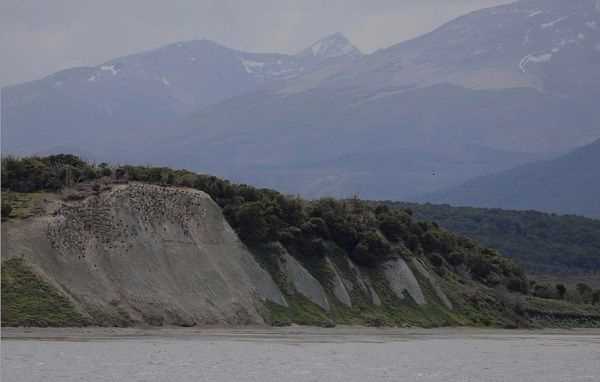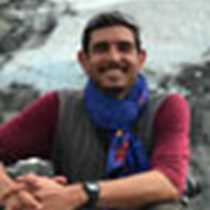As National Geographic Explorer pushes through the Drake Passage, it is hard not to admire, honor, and respect those who made the same voyage in previous centuries. Whether their motives were exploration, discovery, mammalian resources, or scientific findings, countless voyages have endured rough seas across the Drake, deemed one of the harshest nautical crossings in the world.
Adding to their feats, those earlier sailors tolerated many more days at sea. Needing to use the wind to their advantage, they often diverted from the shortest 500-mile path, sometimes with a ticking time bomb in the form of a damaged ship.
In comparison, our specifically designed ship, experienced bridge crew, and ship's stabilizers make for a much smoother ride. And it certainly helps to have many more options of “rations” while onboard.
An interesting fact about the Southern Ocean is its unusual phenomenon of fetch. Fetch is a nautical term describing the length of water of which wind is blown, first creating ripples. The wind builds on those ripples, increasing heights between the trough and crest of the wave, eventually creating a surface swell. Usually, there is a limit of fetch, as most are expressed as breaking waves on a distant shoreline.
In the Southern Ocean, however, is a circular body of water surrounding the Antarctic continent, so there is potential for infinite fetch. And thus, it is not uncommon to experience waves higher than 40 feet.
This crossing, however, was calm, relatively speaking. And while some of us aboard were feeling queasy, the seabirds didn't seem to mind the weather. In these seemingly hostile conditions, the storm-petrels, southern fulmars, and black-browed albatrosses gleefully draft and glide across the waves.
Guests jovially announce, “Land Ho!” as we approach Cape Horn and the weather starts to subside as the land mass of South America starts to break the fetch on their Western shores. Before the discovery of the protected waters of the Strait of Magellan and Beagle Channel, sailors needed to round this cape to connect the trade route between the Atlantic and Pacific Oceans. Now, these waters are avoided as much as possible for shipping routes, especially due to the completion of the Panama Canal in 1914.
After many days of exploring the Antarctic Peninsula via multiple landings a day, many guests were happy to break open that book they brought on this voyage and never had the opportunity to make a dent.
There were also fascinating presentations given by our naturalists, from Elise Lockton's narrative of “Amundsen and Scott's Race to the South Pole,” to Jenny Kingsley's personal tale of traveling across 6 Arctic countries for her ongoing project “Meet the North: Life in the Arctic."
Others spent this sea day viewing thousands of photos taken during the trip, reliving the majesty and vastness that the Antarctic Continent contains.







